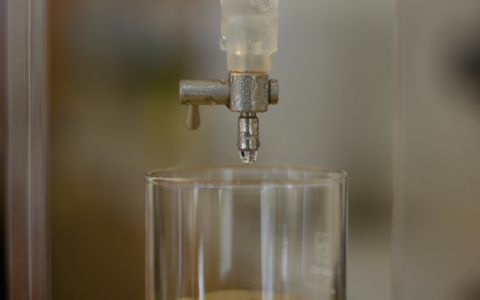At an event to mark the World Day to Combat Desertification and Drought on 17 June, students and teachers from educational institutions in Tiraspol learned about their local natural riches and the real risks they face.
Three experts shared their insights on the local environment during a seminar and an excursion on the left bank of the Dniester river: Nicolai Romanovich, senior researcher at Iagorlic State Nature Reserve; Dimitry Bocharov, inspector of the State Service of Environmental Control and Environmental Protection of Transnistria; and Vitaly Kolvenko, climatologist and director of the Hydrometeorological Center of Transnistria. They gave us the lowdown on the types of flora and fauna in the lower Dniester, protected natural objects, and the regime and functions of protected areas.
The speakers also talked about the risks and threats that are damaging natural objects, their components and the Dniester ecosystem in general. The excursion took place in demonstration areas, which gave us a good idea of the state of the territories and showed us some of the negative consequences of human intervention in natural ecosystems.
During the event, the participants visited the waterfall near the Ciobruci village, where they discussed the dangers of hydrological droughts on the Dniester. They also addressed how low water levels in the river affect beneficial hydrobionts, or river filter feeders, such as dreissena.
The next stop was the Turunchuk Ichthyological Reserve near Glinoe village. The participants learned about hydrobionts and fish resources of the Lower Dniester, as well as the efforts of inspectors to suppress poaching. We further discussed this topic during our visit to the Kutsa-Matsarinsky sector, located near the Nezavertailovka village.
The region also offered two other occasions to debate the values of Transnistrian nature: the Dikul-Kutsa sector, which is ideal for observing rare birds and red-crowned plant species in its reservoirs, and the gauging station near Nezavertailovka. The participants were shown how monitoring studies of water levels in the Dniester River and the Turunchuk branch are carried out.
The excursion ended on the shore of the Kuchurgan reservoir, where it was demonstrated that compliance with standards of carrying capacity and recreational load on natural objects is essential.
The event was organised within the project "Natura 2000 in Moldova: Promoting the European Approach to Nature Conservation in Moldova" together with our local partner Biotica and supported by the Transition Promotion Programme of the Czech Ministry of Foreign Affairs. We have been working with Biotica in Moldova for a long time, on both sides of the Dniester – including the internationally unrecognised "Transnistria".








